General
- haemarthrosis
- DVT
- infection
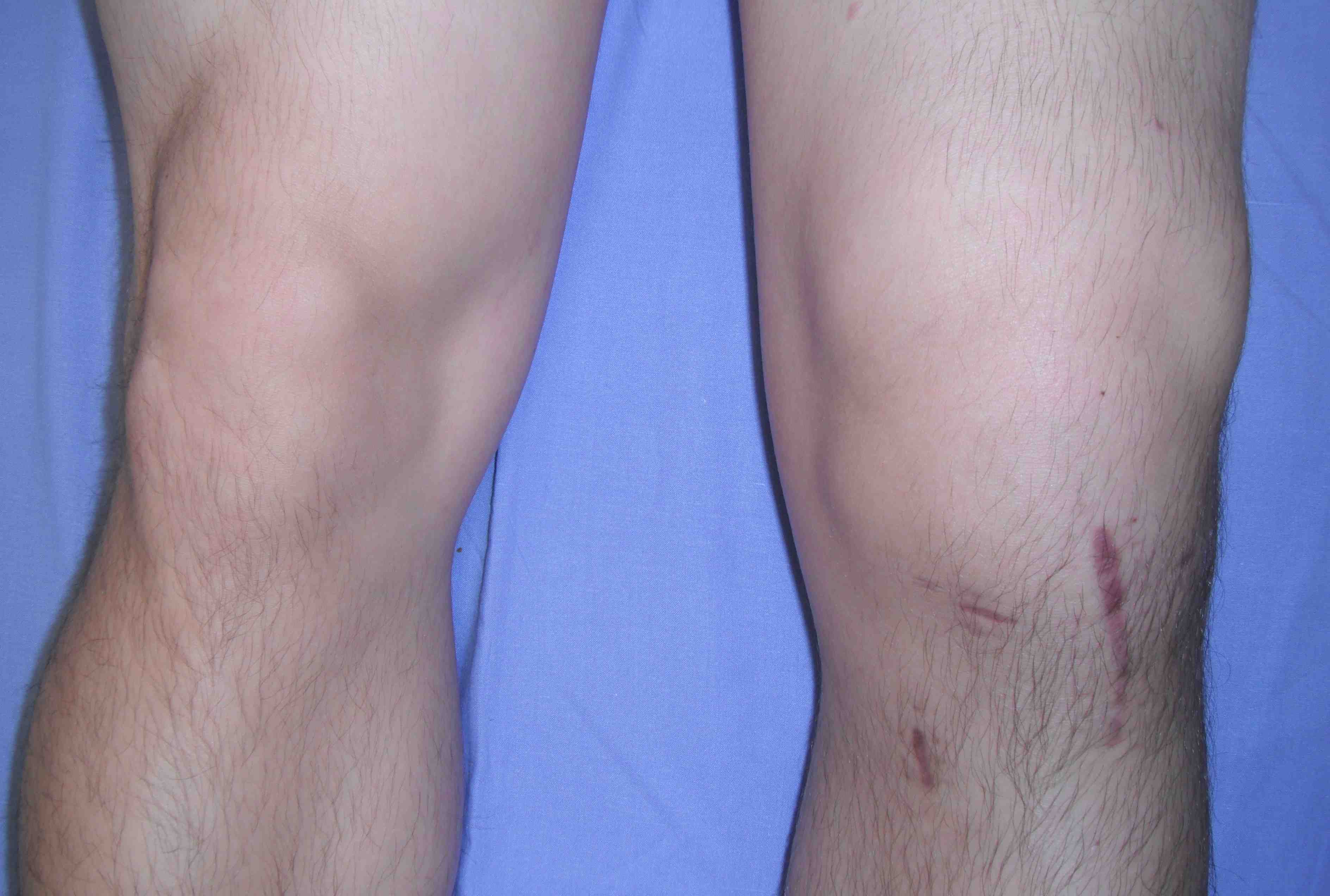
Septic Arthritis
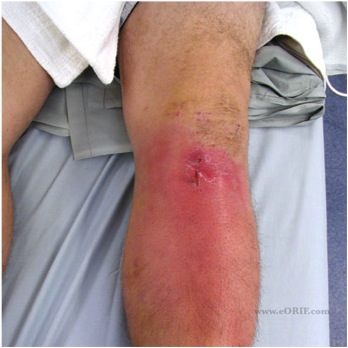
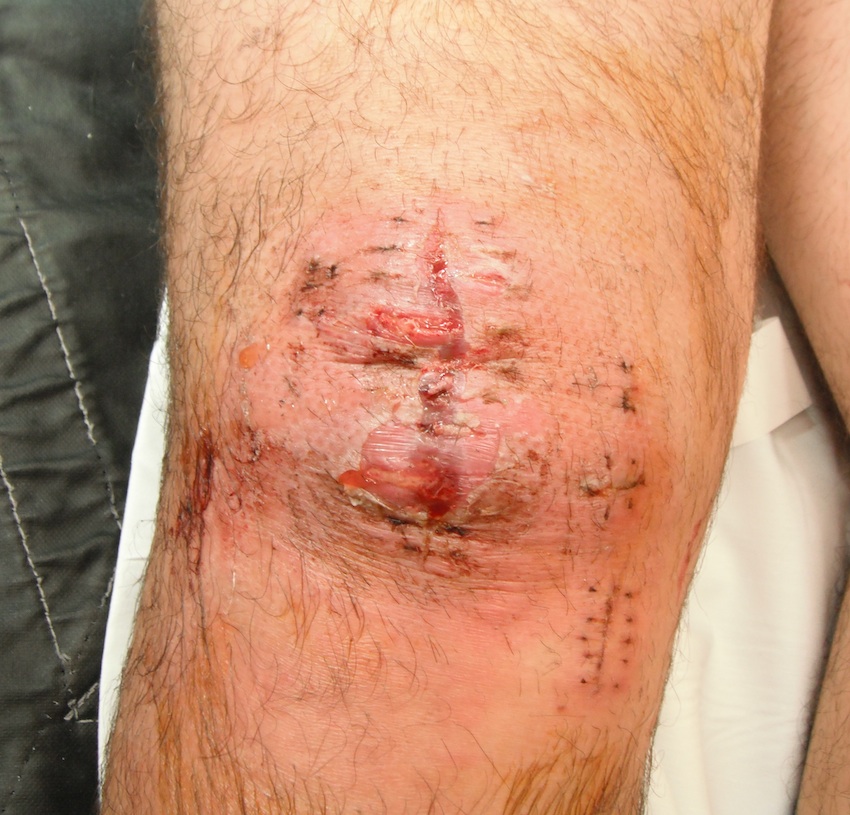
Incidence
Extremely low
Prevention
Vertullo et al Arthroscopy 2012
- eliminated incidence of deep infection by wrapping graft in vancomycin
Options
- graft salvage / multiple washouts and synovectomy
- graft removal / may be some evidence that early graft removal eliminates cartilage damage
Risk
Early onset OA in young person
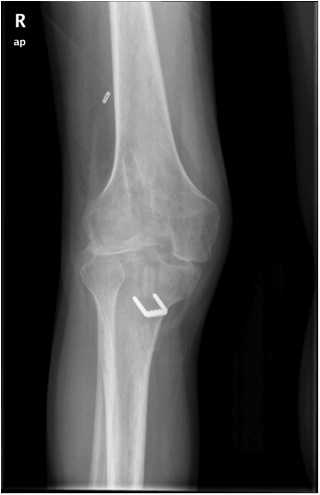
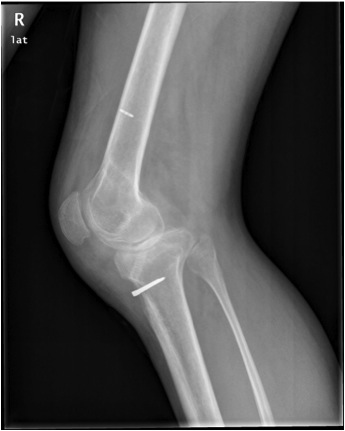
Arthrofibrosis
Characteristics
- knee inflamed and diffusely swollen
- usually FFD > 10o
- loss of flexion > 25o
- loss of patellar mobility
Primary and secondary
Secondary arthrofibrosis
- associated with reconstruction of an inflamed knee (<3 weeks) and immobilisation
- delay reconstruction until inflammation settles and normal ROM and muscle strength regained
- stage meniscal repair and reconstruction if immobilisation requires to protect meniscus
Operative Management
1. MUA
- 6 - 12 weeks post indexed procedure

2. Arthroscopic +/- open procedure
- medial and lateral releases of patella
- suprapatellar pouch
- fat pad adhesions
- intercondylar notch scarring
- notchplasty if necessary
- posterior capsular release off femur
Results
- 50% need no further procedures
FFD
Causes
- non isometric graft placement
- anterior tibial tunnel placement
- poor isometricity
- inadequate notchplasty
- poor rehabiliation
- Cyclops lesion (nodule of ACL stump anterior to ACL graft)
Cyclops lesion
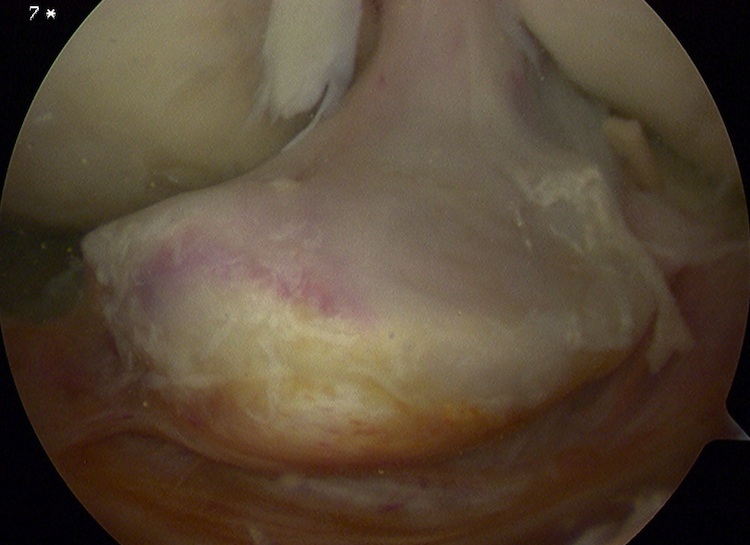
Definition
- intercondylar notch fibrous proliferation
- a nodule anterior to and associated with the tibial graft insertion site
- anterior to tibial tunnel
- 5-10% of patients
Clinical
- painless, palpable and audible clunk upon terminal extension
Preventative measures
- posterior placement of the graft in the tibial ACL footprint
- adequate notchplasty
- meticulous debridement of ACL stump
- early restoration of full extension
Treatment
- arthroscopic resection of cyclops lesion
Graft rupture
Risk factors
Age
Surgical factors
Pivoting sport
Timing on return to sport
Results
Failure rate
- 10% over life of graft
- 1% per year
Barber-Westin Sports Health 2020
- systematic review of 1230 ACLR < 20 years age
- 80% returned to high risk sport
- re-tear rate 10%
- 15% with HS, 9% with PT (p=0.002)
https://www.ncbi.nlm.nih.gov/pmc/articles/PMC7785893/
Instability
Incidence
- 10 - 20% post single bundle surgery
- return to sports rate 60-70%
- may be reduced in experienced surgeons
Definition
A. KT 1000
- > 3 mm side to side difference with 30lb force
B. Positive Pivot Shift / Lachman's / Anterior drawer
C. Patient feels knee unstable
PF Joint
A. Failure of Extensor Mechanism
- need with BPTB
- patellar fracture
- patella tendon rupture
- uncommon
- related to size of graft harvested
B. PF Pain
- more common with BPTB
- also occurs with HS
Fracture
Patella fracture
Tibial fracture
If using back up fixation such as a fracture, ensure sufficient distance from tibial tunnel
Alternatively, use a screw-post fixation
Osteoarthritis
Van Meer 2015
Incidence
Grassi et al Orthop J Sports Med 2022
https://pubmed.ncbi.nlm.nih.gov/35024368/
Poulsen
Cantin
Risk factor
Jones
Richmond
Timing to surgery
Meniscal injury
Cartilage damage
Retear / repeat operation
Ongoing swelling van Meer 2016
Graft choice
Belk et al Arthroscopy 2018
- 8 level I and II studies
- compared 240 PT and 270 HS patients at mean follow up 11 years
- 50% both groups had evidence OA (Kellgren-Lawrence 2 or more)
https://pubmed.ncbi.nlm.nih.gov/29366740/
